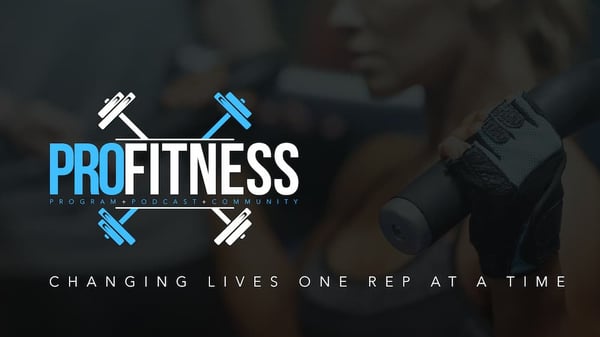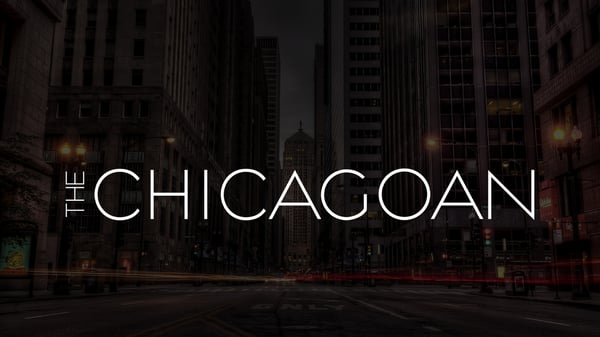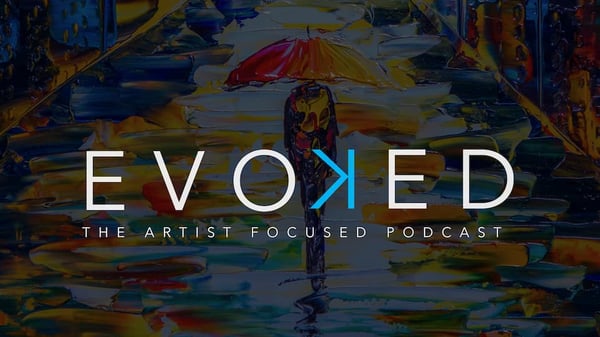From Content Creation to Catwalk: How Fashion Influencers Are Transforming Style Narratives
Posted by Estefania Galvan on September 30, 2024 at 8:00 AM
Fashion used to be something we just admired from afar—flipping through glossy magazine pages, watching Fashion Week on TV, or even catching a glimpse of what our favorite celebrities wore to red carpet events. It was exclusive, seemingly out of reach for the everyday person. But now? With the rise of social media and digital platforms, the game has changed. You don’t need a front-row seat at a Paris runway show to influence fashion anymore. All you need is a smartphone, a distinct style, and a good handle on how to turn followers into fans.
![Style Interpreted Editorial [horizontal] 01 - From Content Creation to Catwalk](https://www.vibesociety.co/hs-fs/hubfs/Style%20Interpreted%20Editorial%20%5Bhorizontal%5D%2001%20-%20From%20Content%20Creation%20to%20Catwalk.jpg?width=670&height=377&name=Style%20Interpreted%20Editorial%20%5Bhorizontal%5D%2001%20-%20From%20Content%20Creation%20to%20Catwalk.jpg)
Photo by Andy Kropa/Invision/AP
In 2024, fashion influencers are leading this shift more than ever before. They’ve redefined style narratives, reshaping what’s considered fashionable, and—most importantly—how fashion brands connect with consumers. The power is no longer solely in the hands of established designers; it’s in the Instagram grids, YouTube videos, and TikTok reels of these modern trendsetters.
So, what makes influencers so powerful in today’s fashion world? And how can brands work with them in a way that actually drives results, instead of just throwing money at yet another #sponsored post? Let’s break it down.
The Problem Most Brands Are Missing
Many brands approach influencer marketing the wrong way. They see it as a one-time transactional relationship, paying for posts and hoping for a quick ROI. But that’s like buying a one-size-fits-all dress and expecting it to flatter everyone—impossible, right? The real value of working with influencers is in building long-term partnerships that feel authentic and aligned with both parties' values. It’s about creating content that speaks to people, not at them.
Studies show that influencer content drives 11 times higher ROI than traditional digital marketing efforts. However, most businesses fail to harness this potential because they either choose influencers based purely on follower count or focus on short-lived collaborations. They’re looking at the wrong metrics. According to a 2023 survey by Later, 73% of marketers said that “engagement rate” was more critical than the number of followers when measuring success. So if you’re partnering with someone just because they have a million followers but only a handful of likes or comments per post, it’s like throwing cash out the window.
What Fashion Influencers Are Doing Differently
Fashion influencers today aren’t just posting #OOTD (Outfit of the Day) shots and moving on. They’re storytellers, blending style with relatable life content. They’re talking about their personal struggles, sustainability, body positivity, or mental health—all while looking effortlessly chic. It’s no wonder why their audiences feel a deeper connection to them. This type of content is what fuels community—not just followers.
Take Danielle Bernstein (@weworewhat) as an example. She started her blog over a decade ago and now has a multi-million dollar fashion line. Her content isn’t just about showing the latest trends; she regularly discusses business, the ups and downs of entrepreneurship, and shares advice for aspiring designers. People feel like they know her. So, when she drops a new collection, her fans aren’t just buying clothes; they’re buying into her story.
What This Means for Brands
If you’re a fashion brand looking to leverage influencer marketing effectively, focus on these three strategies:
-
Build Relationships, Not Transactions.
Approach influencers as partners, not just ad space. Get to know them. Understand what matters to them and their followers. This creates content that feels more genuine and impactful. -
Find Influencers Who Match Your Brand’s Values.
There’s no point partnering with a luxury fashion influencer if you’re a sustainable, budget-friendly brand. Your audiences are different, and your values may not align. Instead, look for influencers who share your ethos and can articulate it to their audience. -
Leverage User-Generated Content.
Encourage influencers to involve their followers in campaigns. Think beyond static posts. Create hashtags, challenges, or community-style content that gets their audience involved. According to HubSpot, campaigns that incorporate user-generated content see a 28% higher engagement rate.
Practical Lessons for Brands and Fashion Enthusiasts Alike
-
Focus on Micro-Influencers:
Brands often think bigger is better, but micro-influencers (with 10k-100k followers) usually have a more engaged audience. Their followers see them as more relatable and trustworthy, which leads to higher engagement rates—sometimes as much as 60% more, according to Influencer Marketing Hub. -
Be Part of the Conversation:
It’s not enough to sponsor a post and walk away. Comment, engage, and even consider co-creating content. Brands that engage directly with an influencer’s audience see a 24% higher customer retention rate. -
Stay Authentic:
Whether you’re a brand or an aspiring influencer, people can tell if you’re just in it for the cash. Talk about things you’re genuinely passionate about. Share your fails as much as your wins. Authenticity will always attract more than a polished veneer.
![MŌS Ad [D]](https://www.vibesociety.co/hs-fs/hubfs/M%C5%8CS%20Ad%20%5BD%5D.jpg?width=600&height=338&name=M%C5%8CS%20Ad%20%5BD%5D.jpg)
The Rise of "Content Creators" Over "Influencers"
One notable shift in 2024 is that we’re seeing a rise in the term “content creator” over “influencer.” Why? Because the best fashion influencers are no longer just walking ads—they’re building media platforms of their own. They have podcasts, YouTube channels, and sometimes even product lines. They’re content creators because they do more than influence; they create. And that’s something brands need to recognize when approaching collaborations.
Fashion Trends and Metrics for 2024
- Video Is King: 89% of marketers are planning to keep or increase their investment in video content, as it’s the most shared type of content across all platforms. If you’re a brand not leveraging video with your influencers, you’re missing out.
- Live Streaming and “Real-Time” Engagement: Real-time interactions (like Instagram Lives or TikTok’s live shopping) see up to 27% more engagement than pre-recorded content. People want to feel in the moment.
- Community-First Influencing: Fashion creators who build niche communities around shared interests are seeing a 150% increase in engagement compared to general fashion influencers. These communities are where real influence lives.
Final Takeaway: Fashion Isn’t Just Visual—It’s Personal
If there’s one thing to take away, it’s that modern fashion influencers aren’t just changing what we wear; they’re changing how we think about fashion. They’ve made fashion less about fitting in and more about standing out in a way that’s authentic to you. So, whether you’re a brand, an aspiring influencer, or just someone who loves fashion, remember: It’s not about chasing trends—it’s about creating a style that tells your story.

![MŌS Ad [E]](https://www.vibesociety.co/hs-fs/hubfs/M%C5%8CS%20Ad%20%5BE%5D.jpg?width=600&height=338&name=M%C5%8CS%20Ad%20%5BE%5D.jpg)










